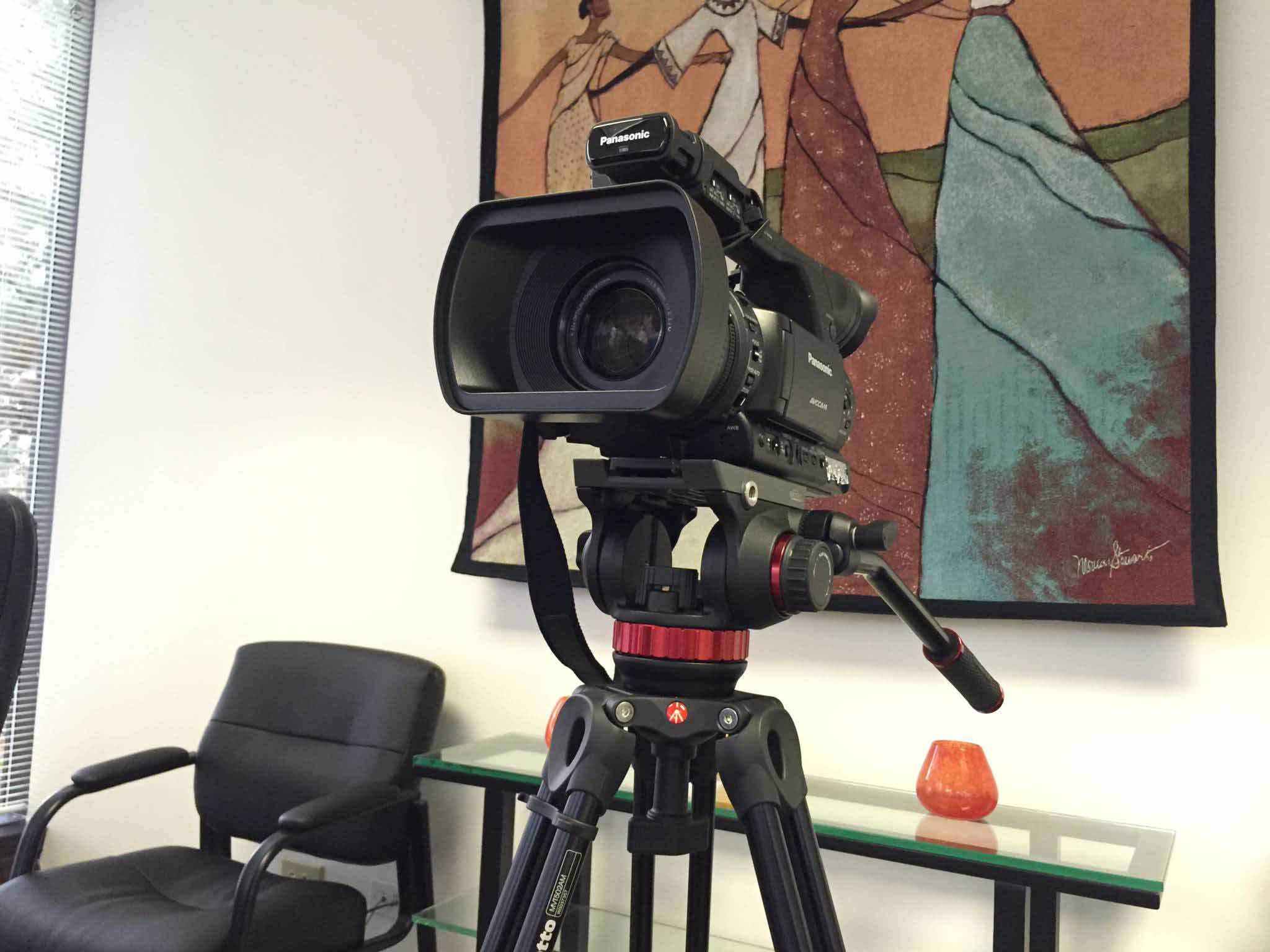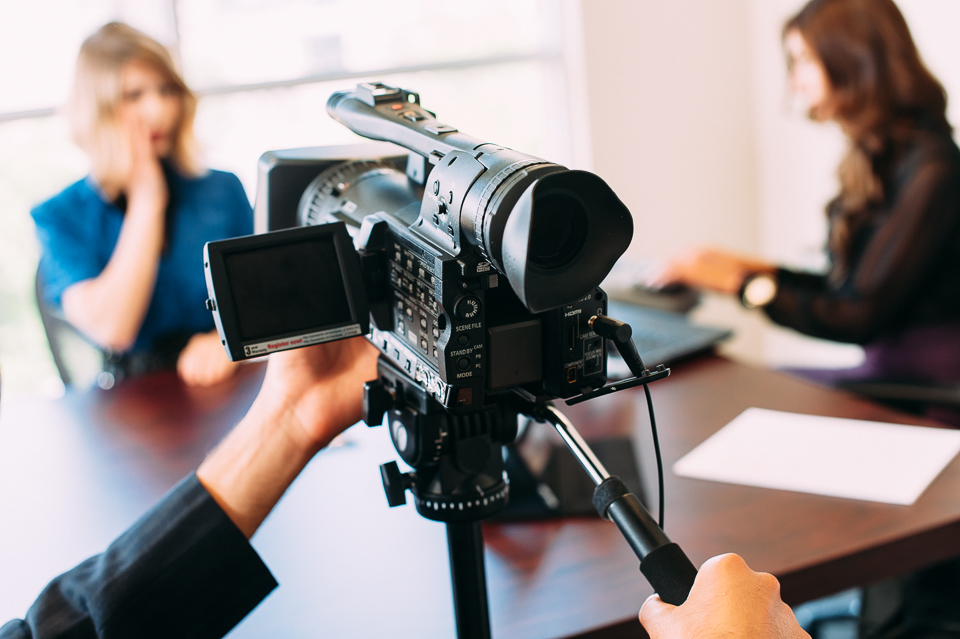Leading Benefits of Professional Legal Videography for Court Cases
Leading Benefits of Professional Legal Videography for Court Cases
Blog Article
Looking Into the Systems of Legal Videography: Unveiling Its Operation in Shielding Genuine Aesthetic Testimony for Judicial Proceedings
In the realm of judicial process, the role of lawful videography stands as a keystone in maintaining and offering aesthetic evidence. As modern technology remains to breakthrough, the systems behind legal videography have actually become increasingly complex, using a crucial layer of authenticity to testaments caught on video clip. By diving right into the functional details of legal videography, one can uncover the thorough procedures that secure the integrity of visual proof provided in court rooms - Legal Videography. This exploration not only sheds light on the historical development of lawful videography but also hints at the future trends that might better transform just how visual statements are maintained in the realm of justice.
Historic Advancement of Legal Videography
Checking out the historic development of legal videography reveals a substantial change in the catching and discussion of aesthetic evidence within the legal landscape. In the past, legal proceedings greatly depended on created records and photographs to record occasions and provide evidence. With the introduction of video innovation, the lawful industry experienced a paradigm shift in how aesthetic statement was recorded and offered.
The development of legal videography can be mapped back to the late 20th century when developments in video recording tools made it much more accessible for usage in court rooms. This technological development not just improved the accuracy and integrity of aesthetic proof but additionally reinvented the method instances were offered to courts and judges (Legal Videography). Lawyers started to recognize the persuasive power of video recordings in sharing feelings, subtleties, and non-verbal cues that created transcripts or photos alone might not record effectively

Modern Technology Innovations in Video Paperwork
What vital technological advancements have reinvented video clip documentation in the legal area? The lawful area has actually seen substantial innovations in video documents technology that have actually enhanced the credibility and dependability of aesthetic evidence in judicial process. Among the key improvements is high-def (HD) video recording capacities, which supply crystal-clear images and sharp details that are critical for precisely capturing testaments, faces, and other visual signs. In addition, the assimilation of timestamping and metadata features in video documentation tools has actually enabled accurate paperwork of when and where the video clip was tape-recorded, ensuring the honesty of the evidence presented in court.
In addition, improvements in video encryption and watermarking technologies have actually boosted the protection and tamper-proof nature of video clip evidence, protecting it against unauthorized alterations or meddling. Furthermore, the introduction of cloud storage solutions and remote gain access to abilities has structured the storage, access, and sharing of video proof, promoting seamless cooperation among lawful specialists and making sure effective accessibility to crucial aesthetic statements when needed. These technological advancements in video clip documents have actually certainly transformed the legal area, boosting the precision, trustworthiness, and admissibility of visual evidence in judicial procedures.
Duty of Lawful Videographers in Courtroom Setups
The development of video clip documentation modern technology in the lawful area has actually required a crucial function for lawful videographers in court room setups, ensuring the integrity and integrity of aesthetic testimonies presented during judicial procedures. Lawful videographers play a basic role in catching and protecting exact visual proof that can be essential in litigation. Their responsibility encompasses setting up tools, videotaping proceedings, and generating premium video clips that accurately reflect the occasions in the court room.
In court setups, legal videographers must stick to strict standards and criteria to preserve the credibility of the visual document. They have to possess a keen eye for detail and an extensive understanding of lawful procedures to make sure that the video footage they record is a real depiction of the events that transpired. Furthermore, lawful videographers frequently function carefully with legal teams to make certain that the video clip proof lines up with the case's demands and can be successfully presented in court to sustain the lawful arguments being made. On the resource whole, the function of legal videographers in court settings is essential in promoting the concepts of justice and guaranteeing the openness of lawful process.

Ensuring Admissibility and Integrity of Video Clip Evidence
To keep the reliability of aesthetic evidence provided in lawful procedures, ensuring the admissibility and integrity of video clip evidence is a critical responsibility for legal videographers. Admissibility refers to the approval of proof by the court, and for video clip proof to be acceptable, it has to satisfy certain standards. Lawful videographers play an important role in ensuring that the videos they record conform with the regulations of proof, such as authenticity, relevance, and integrity.
Integrity of video clip evidence entails preserving the creativity and accuracy of the footage from the time it is recorded till it exists in court. This includes securely keeping the video clip data, documenting the chain of wardship, and avoiding any kind of tampering or changes. Lawful videographers need to follow rigorous protocols to guarantee the honesty of the video clip evidence and stop any kind of challenges to its authenticity.
Future Trends in Legal Videography
Given the boosting reliance on modern technology in lawful procedures, legal videographers are poised to embrace innovative developments shaping the future of aesthetic testament capture and presentation. Among the prominent trends coming up is the assimilation of online reality (VIRTUAL REALITY) and increased truth (AR) technologies into lawful videography. These innovations have the prospective to change exactly how visual proof is provided in court rooms, permitting courts and courts to immerse themselves in the scene of the criminal activity or occurrence.
In addition, the use of man-made intelligence (AI) algorithms for video clip analysis is anticipated to simplify the process of reviewing and evaluating huge quantities of video clip footage. AI can assist in recognizing key moments, abnormalities, and patterns within video clips, enhancing the efficiency of lawful examinations.

Conclusion
To conclude, legal videography has played a vital function in offering genuine visual evidence for judicial process. Via technological improvements and the competence of lawful videographers, the integrity and admissibility of video clip proof are ensured in court setups. As legal videography continues to develop, it will be necessary to copyright criteria that maintain the accuracy and dependability of visual testimony for the future of lawful proceedings.
Checking out visit here the historical development of legal videography reveals a significant change in the capturing and discussion of visual proof within the legal landscape.The development of video documentation modern technology in the lawful area has required a critical duty for lawful videographers in courtroom setups, making certain the stability and reliability of aesthetic testaments offered throughout judicial procedures. Furthermore, legal videographers commonly work closely with legal teams to make certain that the video clip evidence aligns additional info with the instance's requirements and can be properly offered in court to support the lawful debates being made.To keep the reliability of visual proof offered in lawful procedures, guaranteeing the admissibility and integrity of video proof is a critical responsibility for lawful videographers. As lawful videography proceeds to develop, it will be essential to copyright requirements that preserve the precision and integrity of aesthetic statement for the future of lawful proceedings.
Report this page